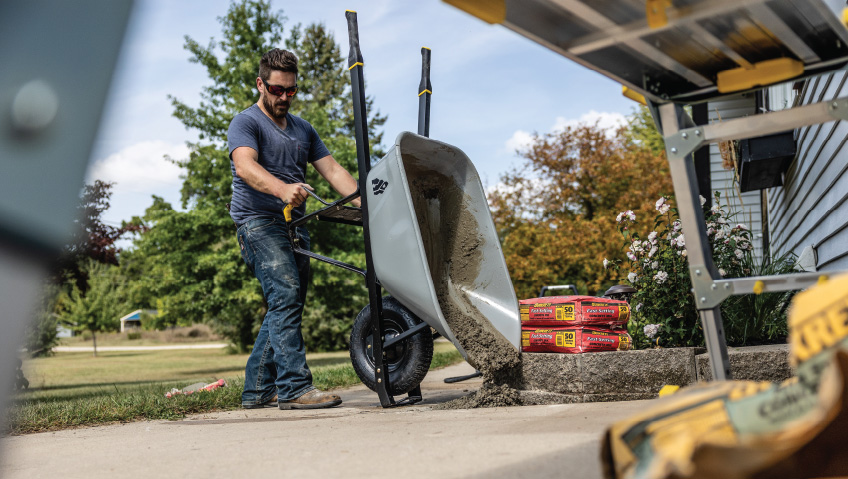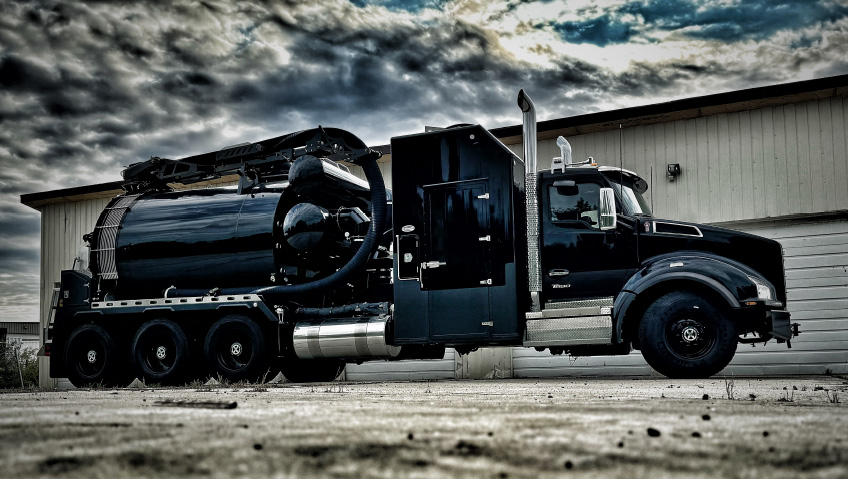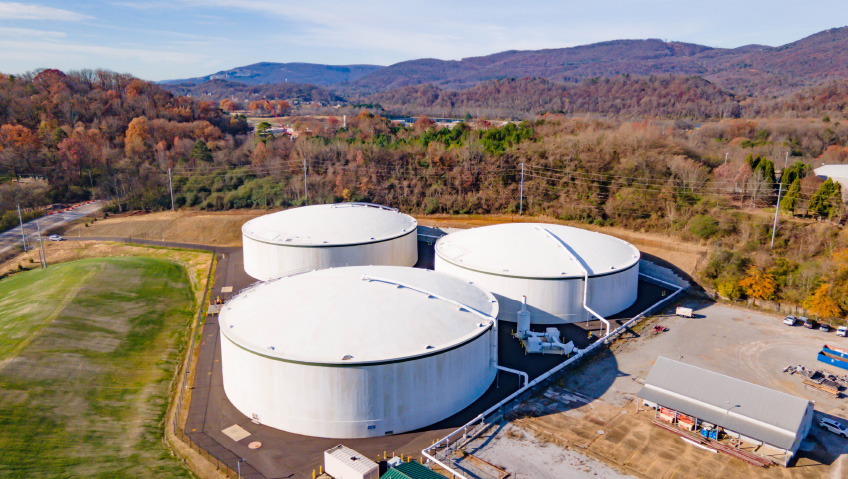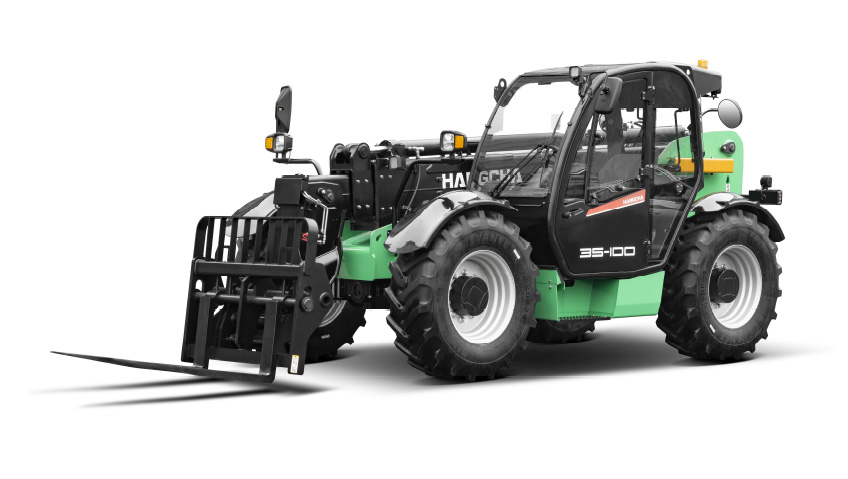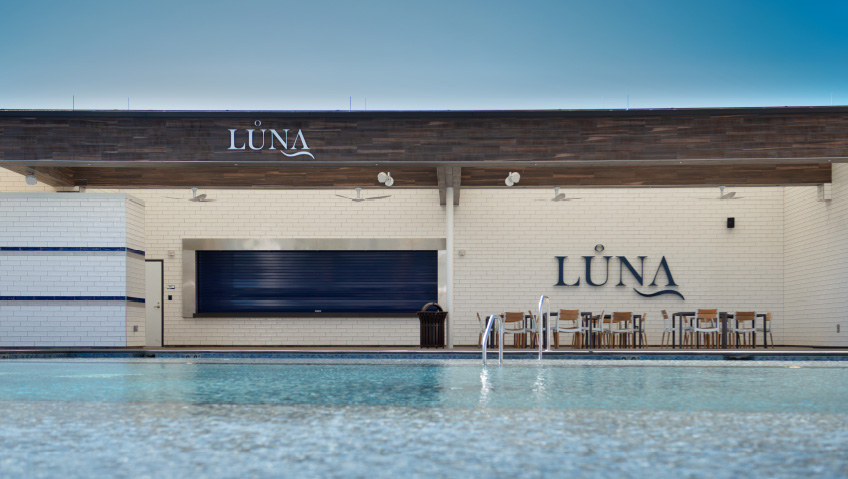Excitement is running high at Viessmann North America as the company celebrates recent successes and prepares to present cutting-edge heat pumps early next year. While it is committed to continuing fabricating and improving upon its sought-after, premium boilers, growing its electrified heat pump market segment is part of the company’s vision for the future.
With the parent company in Allendorf (Eder), Germany well-established in Europe and branches around the globe that have endured for decades, Viessmann North America—with its headquarters in Waterloo, Ontario (CAN) and Warwick, Rhode Island (USA)—is proud to have come this far. It has taken a great deal of research and development to create new, quality products that are proudly made specifically for North America, in line with the North American landscape’s seasonal and commercial demands.
New products are not simply exercises in copying and pasting their European counterparts into local markets, but rather an effort to engineer unique products that are every bit as robust and efficient.
“Every time a Viessmann boiler is installed, it will be more efficient than whatever was in its place prior or whatever else could have been put in there,” Olivier Vareille, President and CEO of Viessmann North America says. “Every Viessmann heat pump that we are putting out there is going to also, or even more so, contribute to fighting climate change. It is a strong bond for the team.”
While Viessmann Europe still features its best-in-class condensing boilers, it now primarily focuses on hydronic-based, air-to-water heat pumps, something that was of prime interest to Carrier when looking at options to bolster their position in the European residential market. The United States air conditioner giant brings considerable residential and commercial air-based technology to Viessmann’s capabilities, while Viessmann will bring its hydronic expertise to create a new Global HVAC champion.
Famous for its combustion boilers and sophisticated, tough heat exchangers, Viessmann has enjoyed impressive success with its trustworthy systems since we last spoke in 2021. Offering many of the benefits and all the reliability of a traditional boiler, the Vitocrossal 200 CI2 is the latest iteration of the company’s range of light commercial boilers. Complete with a re-engineered heat exchanger and leading-edge self-calibrating active O2 trim technology, the unit has all but quadrupled the number of sales originally projected—all thanks to its powerful performance in what is a comparatively small unit compared to the old-fashioned boilers typically found in hotels, schools, hospitals, and multi-story buildings. In addition, advanced remote diagnostics give all stakeholders access to the equipment via the company’s remote service software, ViGuide, making predictive maintenance, repairs, and servicing easy.
Another big win for the company is its Vitotron 100 VLN2, an electric boiler specifically developed to be compact and mounted on a wall, developed for colder climates. Some of the company’s products are especially popular in areas like Northern Ontario where people may have cabins or cottages on islands and around lakes, making the logistics of fuel supply difficult. The beauty of the Vitotron 100, for instance, is that owners benefit from its electric heat supply in a tiny package. Smaller than a mini refrigerator, this unit pops into an invisible corner or cupboard space.
As fantastic as electrification is, the challenges can make change an arduous task. “In North America, we have yet to enter the heat pump market. The reason why we cannot do what, on the surface, looks easy enough by bringing [electrified] products from Europe has to do with our market requirements,” Vareille explains.
Indeed, several factors make the American market different from that of Europe. Firstly, the power voltage supply is lower. Apart from varying legislation across North America, appliances here typically run on 120 volts, while in Europe the standard is 220 volts. In Canada, the United States, and Mexico, homes are also typically more spacious, requiring higher capacity units.
That’s why Viessmann has opted to go back to the drawing board to create two new products that are every bit as sophisticated and hardwearing as their European counterparts, only better suited for the needs of local owners.
“Viessmann North America has embraced the electrification movement. We will soon launch products that are perfectly suited to the market here,” says Vareille, who was given the task of establishing this new direction for the company when he joined in 2022. “We know that electrified water heating is an imperative piece of the future of HVAC in North America. Several years ago, the Viessmann brand [started] tackling climate change by making sure that the solutions we provide are in keeping with our goals of sustainability and creating living spaces for generations to come.”
This goal has called for thorough research into North American homeowners’ needs and environmental requirements and how to provide products that outperform the competition’s offerings, all while adhering to the company framework of over-delivering excellence while offering undeniable value. The result is two game-changing products set to debut in early 2024.
The new heat pumps becoming available at the beginning of next year comprise an air-to-water heat pump, the Vitocal 100-AW, and the Vitocal 100-WA, a ground-sourced heat pump. “The Vitocal 100-AW is a residential product focused on the residential replacement market. Plus, with one of these, you would not need your gas-fired water heater because you can also produce your hot water from the heat pump that is heating and cooling your home,” says Jerry Leyte, Co-President of Viessmann Canada.
Easy to install, service, and repair, all of the company’s advanced products are the ideal replacements for the typical combination of a home furnace, air conditioner, and water heater set-up, while also providing the benefit of water heating for domestic use.
Leyte underlines that the product, combined with gas combustion backup, is an ideal heater alongside an older furnace or boiler in colder regions. As well as air-conditioning from automatically cooled water in summer, the air-to-water Vitocal 100-AW system delivers between half to just over two-thirds of a home’s necessary interior ambient heating and hot water supply, depending on property size and consumption levels.
Another first of its kind for Viessmann North America, and its second new retrofit product about to hit the market, is the Vitocal 100-WA, a water-to-air heat pump, more commonly known as a ground source or geothermal heat pump. Another product aimed at the residential market, this geothermal heat pump is defined as a forced air system. That means that the fluid-filled subterranean piping system collects the Earth’s heat, which is then amplified by the heat pump aboveground and transferred where the heat is needed, to heat water, air, or even floors.
Both units serve homes ranging from 1200 square feet to 3600 square feet with superior operating performance and efficiency. These two products will soon be joined by additions to the Viessmann 200 range, a next-generation selection of sophisticated heat pumps developed to suit larger residences.
“These will be variable-speed products meant for really large custom homes that have a lot of application diversity. Together, both of these products are aimed toward the bulk of the market, which is about eighty percent of most homes across North America,” Leyte says.
The introduction does not herald the end of Viessmann boilers on the continent by any means. According to Vareille, while European legislation will soon render this type of water heater obsolete due to national and local bylaws, North America is, in general, taking the route of rewarding switchovers from combustion to electric units rather than penalizing fossil fuel-driven equipment.
“What that results in, depending on the price of electricity and other factors, is a robust market for combustion that will continue to grow as the electrification market enters a hyper-growth phase,” Vareille says.
Therefore, Viessmann North America continues providing its local end users with the choice of purchasing the technology that suits their property set-ups and needs best. However, the company does all it can to lighten the footprint of its combustion boilers as much as possible. To achieve this, without exception, all of Viessmann’s combustion boilers use condensing technology to lower energy consumption and the resulting carbon footprint.
This ethos of excellence applies to the company’s fabrication processes as well. Using only the best quality materials and tools means maintaining a minimal waste policy to provide customers with the best prices on its premium products. Providing an excellent cost-benefit ratio, Viessmann’s boilers are worth every penny, giving end users tremendous value.
“Our position as a brand is to have that extremely reliable, efficient product. That’s what we stand for,” says Vareille, who believes the company’s success and the fact that people love working here are due to its clear mission.
Viessmann’s striving for longevity in its products reflects in the tenures of most of its staff, and with over 100 directly-employed, dedicated representatives across the continent, achieving that is no small matter. The secret appears to be in the family-oriented approach its owners have instilled in the firm’s culture.
Dependability and commitment form the mainstay of the company’s business and its legacy. To achieve this consistently across its product lines, its heat pump assembly takes place in Waterloo, Ontario, using the best components from partners around the globe. In addition, the units are fortified with several failover safety aspects that make these products an easy sell.
“We have had a great amount of success in Europe. We are moving, in a corporate sense, to meet global needs. The unique thing that we are doing in North America is that, because we have different needs in the home [here], we have invested greatly in beefing up our ability to design, engineer, test, and launch a relevant heat pump product,” explains Benjamin Jewell, Product Line Manager, North America.
This improvement is not reserved for its new line of products; the entire organization is moving to match the sophistication of its upcoming releases. Now, its teams, including sales and engineering, are ready to deliver even better service than before, fully prepared and qualified to lead its two new heat pumps, and those to follow, to become trusted household names.
Viessmann offers several other fuel efficiency and environmental sustainability solutions, including using hydrogen, for instance. By joining forces with Carrier, the company looks forward to expanding its capabilities and technology significantly, achieving significant wins for its loyal customers.
Viessmann North America’s drive is toward expansion, aiming to more than quadruple its market share over the next half-decade. By 2028-2029, the aim is to have one-third of its revenue from combustion-based units—while continuing to focus on expanding this segment—and its chief income from electrified units.
Ultimately, however, the company’s approach is to support states that lead with strong environmental agendas and create the infrastructure to support cleaner energy consumption—like Canada working toward its net-zero 2050 goal—while providing households in underserved areas or places where electricity grids are under pressure with quality alternatives. The result is a range of easily installed, premium heat pump products that answer most domestic heating and cooling needs.
“Our focus is to have a product that is accessible. It is all about accessibility. If we want to support electrification in these areas that are trying to decarbonize, trying to electrify, we have to create products and solutions that are highly accessible to the average homeowner and also for installers of HVAC and plumbing contractors,” says Jewell.
By supplying the local market with top-quality hybrid heat pump solutions, Viessmann North America is not only driving the adoption of the heat pump as a complete home-heating solution across the continent, but it also supports the continent in achieving a more energy-efficient future for all by relieving the pressure on electrical infrastructure.
“We are thrilled for having launched the Vitotron 100 and are looking forward to extending our electric product offering in North America in the near future,” says Christoph Dannler, Director of Business Development, Marketing, and Operations in North America.


